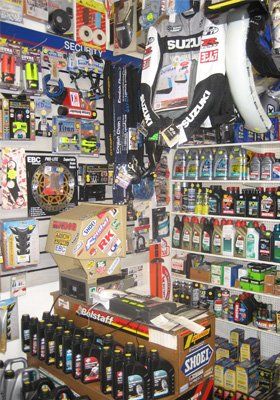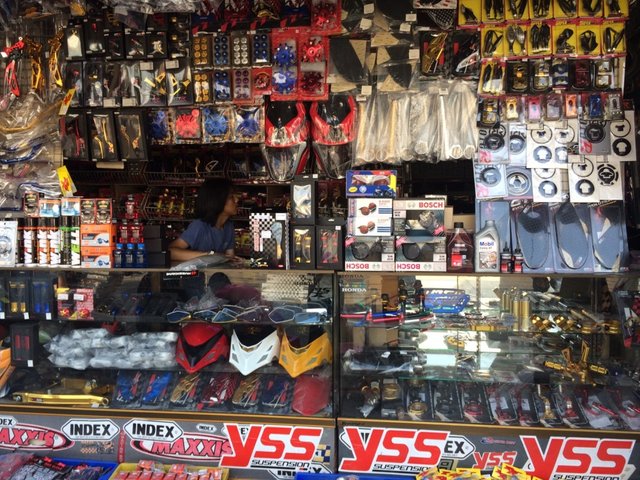Top MX Gear NZ: Get Ready for Your Next Off-Road Journey
Top MX Gear NZ: Get Ready for Your Next Off-Road Journey
Blog Article
Grasping Bike Gears: How to Enhance Your Riding Experience
In the world of motorcycling, mastering the art of equipment manipulation is important for boosting your riding performance. Correctly utilizing and understanding bike gears can considerably affect acceleration, gas, and control efficiency, changing a typical adventure into a seamless, exhilarating journey.
Understanding Gear Mechanics
Exactly how do the intricacies of gear auto mechanics influence bike efficiency? At the core of motorcycle characteristics, equipment mechanics play a critical role in transforming engine power into motion, eventually determining speed and control. Gears, diligently crafted components, permit cyclists to maximize torque and rate, ensuring a smooth shift through various surfaces and rates. The gear proportions, meticulously made, establish the partnership between engine revolutions and wheel turns, affecting velocity and fuel effectiveness.
Recognizing gear technicians starts with acknowledging the significance of the transmission, which houses several gears of differing dimensions. These equipments interact through a process recognized as meshing, where teeth of different gears engage to transfer power.
In addition, the idea of gear changing is indispensable to maximizing efficiency. Timely and smooth changes guarantee that the engine operates within its optimal power band, protecting against unnecessary pressure and enhancing long life (motorcycle parts nz). By comprehending these mechanical details, motorcyclists can accomplish a harmonious blend of efficiency, power, and control, boosting their riding experience
Timing Your Shifts
Change timing mastery is essential for enhancing motorcycle performance and improving the riding experience. Correctly timed changes make certain that the engine runs within its ideal power band, which is essential for keeping control, achieving smooth velocity, and ensuring the long life of the bike. Motorcyclists have to develop an intuitive sense of when to move gears, which entails understanding the relationship in between engine revolutions per min (RPM) and speed.
To master change timing, pay very close attention to the engine's audio and feel, as these supply crucial clues about when to transform gears. The optimal change point generally occurs when the engine comes close to the top variety of its power band without reaching the redline. Changing too early can lead to a lack of power, while moving far too late might create unneeded engine strain
In addition, road problems and riding design influence shift timing. In metropolitan setups, smoother and a lot more frequent shifts might be necessary to navigate website traffic efficiently. On the other hand, throughout highway riding, less shifts at higher speeds can be better. Practicing in varied environments will certainly improve your capacity to time shifts precisely, ultimately boosting your riding experience to a professional degree.
Enhancing Fuel Effectiveness
While grasping motorbike gears is crucial for performance, improving fuel efficiency is equally vital for both financial and ecological reasons. Optimal gas intake not only reduces operational prices but also reduces the ecological impact of riding. To attain this, one should comprehend the detailed connection between equipment choice More Info and engine performance.
Firstly, choosing the appropriate gear at ideal speeds can considerably influence gas usage. Riding in a greater equipment at lower speeds can bring about engine carrying, which is detrimental to both gas economic climate and engine health. On the other hand, riding in reduced gears at high rates leads to unneeded gas consumption. Therefore, keeping an optimum equilibrium by changing equipments abreast with road conditions and prepared for maneuvers is crucial.
In addition, normal upkeep plays an essential duty in gas performance. Guaranteeing that the motorbike is well-tuned, with tidy air filters and appropriately pumped up tires, can decrease and boost the rules of aerodynamics fuel wastage. Moreover, taking on a riding design that embraces progressive velocity and smooth deceleration can add to better gas economy.

Methods for Smooth Transitions
Attaining smooth equipment shifts is fundamental to improving the riding experience and making certain the longevity of a motorbike's transmission system. Appropriate gear moving not only adds to a seamless experience but also lessens wear and tear on the mechanical components. To master the art of smooth shifts, riders should concentrate on a couple of essential techniques.

Second of all, clutch control plays a crucial duty. Involving and disengaging the clutch efficiently calls for practice. The clutch bar must be launched progressively, enabling for a seamless transfer of power from the engine to the wheels without triggering a jolt or abrupt movement.

Adapting to Road Problems
Navigating varied roadway conditions is a vital skill for any motorcyclist intending to preserve control and safety and security. Whether you're riding on damp surfaces, crushed rock roads, or browsing doglegs, your capacity to adjust your equipment use and riding strategy is paramount. Comprehending exactly how to change your gears appropriately can significantly affect grip and security, ensuring a much safer trip.
In comparison, my response when riding on gravel or irregular surface, reduced gears are more suitable. Lower equipments offer better control and enable you to react even more quickly to unforeseen adjustments in the road surface.
Sharp contours require specific equipment administration to balance rate and control. Downshifting before entering a curve can assist preserve momentum while guaranteeing the motorcycle stays steady throughout the turn. Constant method in varied conditions improves your capacity to predict and respond to modifications in road texture and incline.
Verdict
Mastering bike gears considerably enhances the riding experience by enhancing velocity, gas, and control efficiency. A comprehensive understanding of gear technicians and precise change timing makes sure the engine runs within its ideal power band, while smooth shifts through reliable clutch and throttle coordination rise convenience and performance. Adjusting gear option to various road problems, such as making use of greater gears on damp surface areas and lower equipments on gravel, additional enhances handling and safety. Eventually, these skills raise the overall journey.
Comprehending equipment auto mechanics starts with recognizing the relevance of the gearbox, which houses several equipments of differing sizes. These equipments connect via a procedure understood as meshing, where teeth of various equipments involve to transfer power (motorcycle parts nz). Gentle modifications to the throttle throughout gear shifts can prevent jerky motions and keep a consistent riding rate
Whether you're riding on damp surfaces, crushed rock roadways, or navigating sharp turns, your capacity to adjust your gear use and riding method is vital. Adapting equipment option to different road problems, such as making use of higher equipments on damp surface areas and lower equipments on gravel, additional improves handling and safety and security.
Report this page